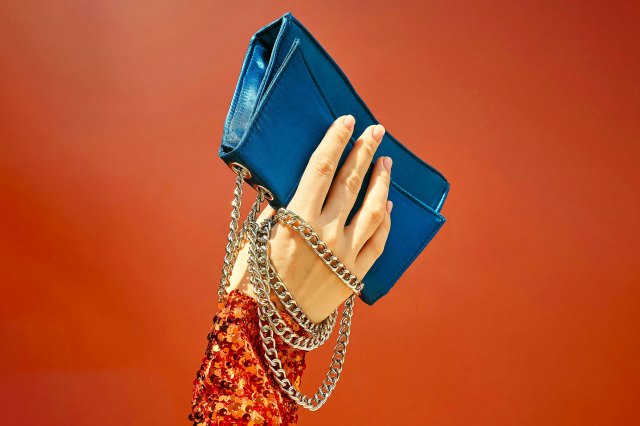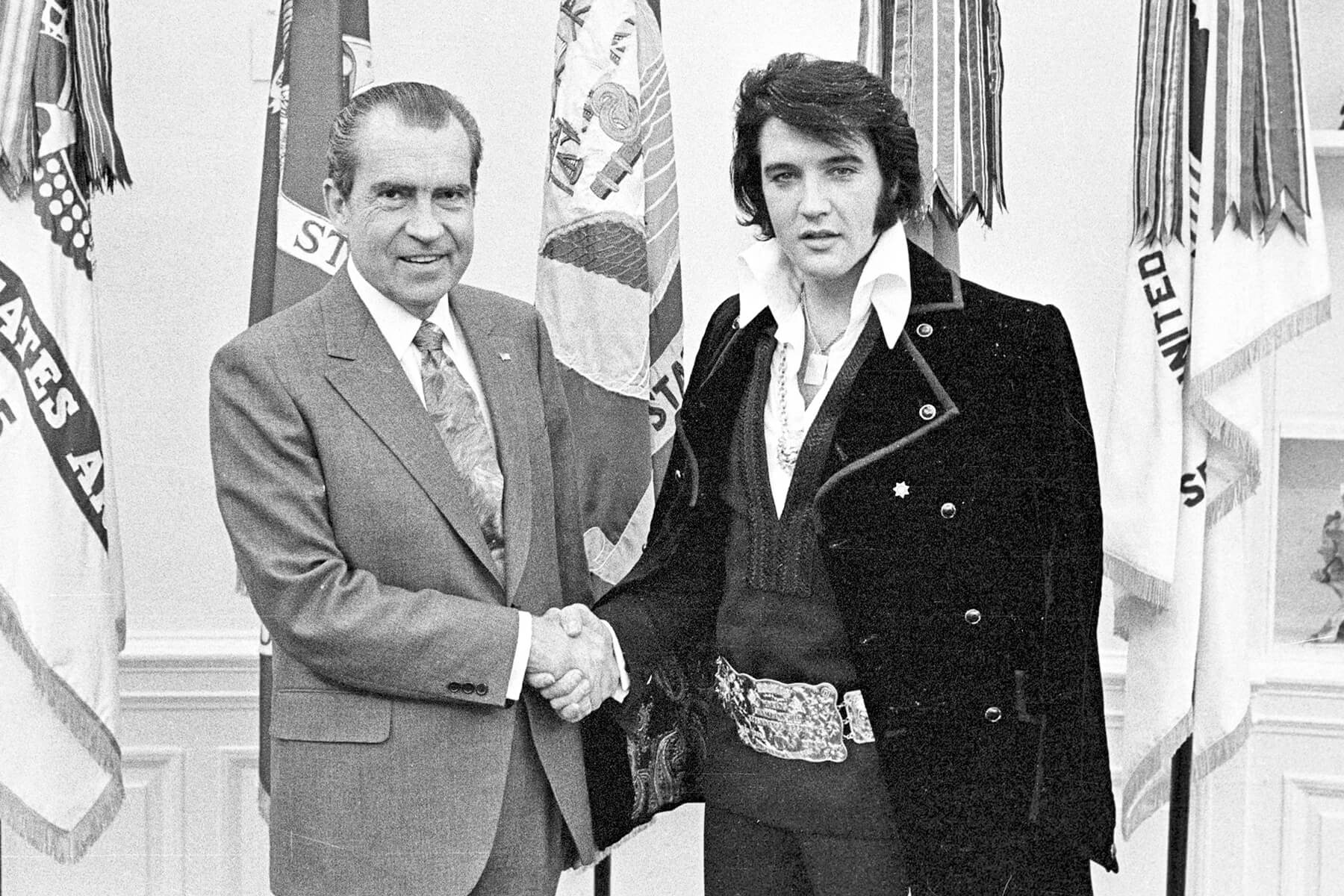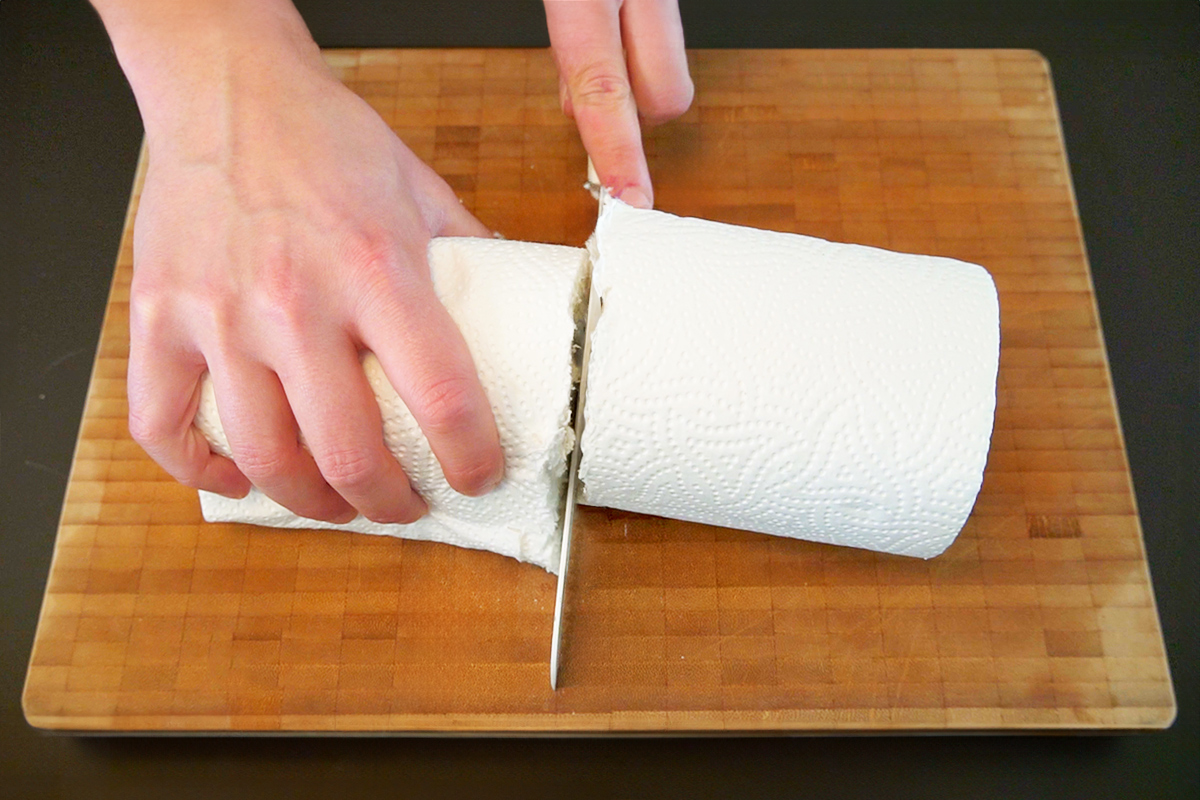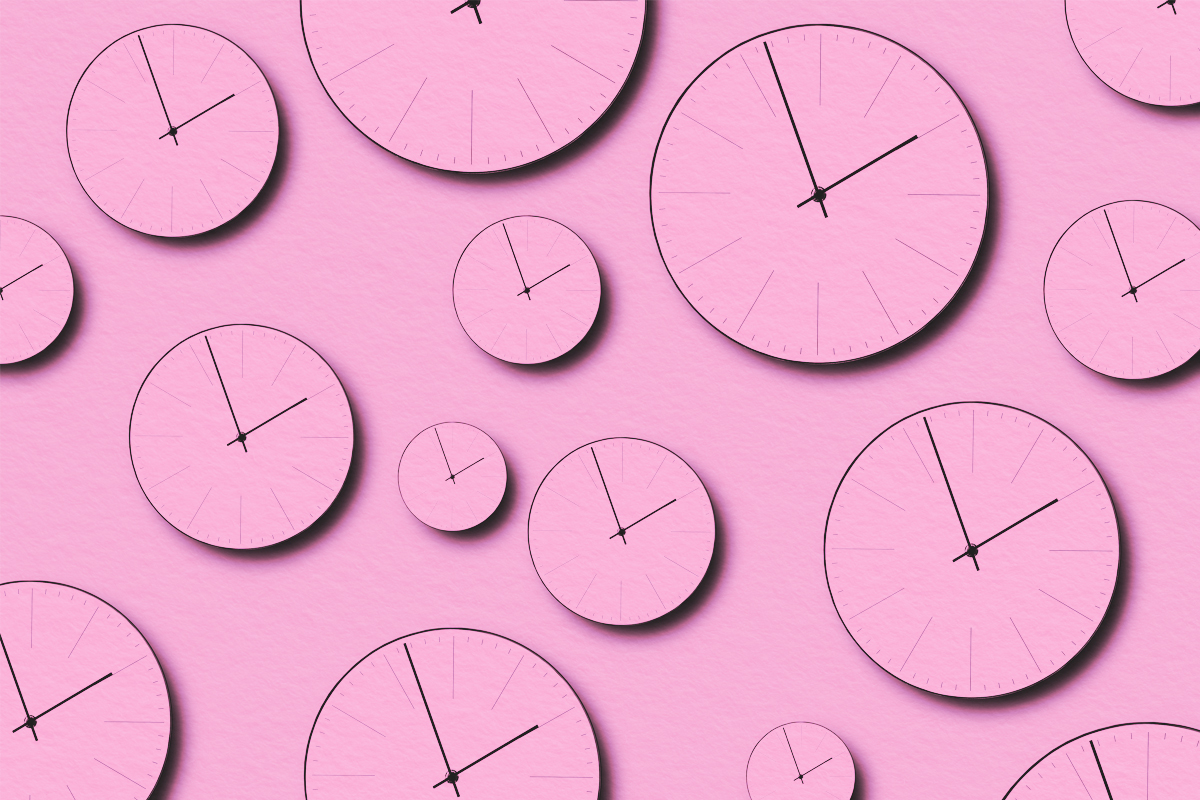We independently evaluate all recommended products and services. If you click on links we provide, we may receive compensation.
Fashion and function aren’t mutually exclusive — until it comes to pockets. While women’s clothes have come a long way in reflecting our evolving needs and tastes, many pieces still lack pockets (or at least pockets large enough to be functional). The reasons for this are equal parts predictable and frustrating, and they’re also a testament to the double standard that dictates gendered style norms. Here’s the storied history behind the industry’s anti-pocket platform, which has the (perhaps not coincidental) side effect of ensuring the bag business is always booming.

Fashion Publishing Relied on Handbag Advertisers
According to fashion editor Diana Vreeland’s autobiography D.V., when she started at Harper’s Bazaar in 1937, she hoped to dedicate an entire issue to women’s pockets (and subsequently abolish handbags). That dream was dashed: When word got around of her idea, the magazine’s editor at the time informed her that a good portion of their revenue was derived from — you guessed it — handbag ads. There would be no celebration of pockets.
It doesn’t help the pro-pocket cause, of course, that handbags have historically alluded to a certain social status. Evidence of this dates back to at least the Elizabethan era; more recently, movies and TV shows such as The Devil Wears Prada and Sex and the City have equated designer purses to success and wealth, building on a legacy that handbags have boasted since before their widespread popularity in the 18th century.

People Thought Pockets Added Unwanted Bulk
As styles evolved and petticoats and bustles gave way to slimmer silhouettes in the 18th and 19th centuries, designers and dressmakers forwent pockets, which had previously been tied around the waist and hidden under layers of fabric, to avoid ruining the lines of their garments. (That thinking still exists in some way today; some people argue that the bump of a phone, wallet, or keys can complicate an otherwise streamlined look.) Pockets also were thought to be unnecessary for women, as they typically had less to carry at the time — a consequence of their lack of independence.
Pockets continued to disappear and reappear over the next couple of centuries, for many of the same reasons. In the 20th century, women lobbied for more practical apparel and were briefly rewarded around the time of World War II, when they began taking on jobs traditionally performed by men. Larger pockets became more common — only to then fall out of favor when the war ended and fashion trends changed yet again.

Fashion Was (and Is) Rooted in Gender Norms
Though fashion is increasingly confronting the limits of gendered style, the dearth of functional pockets on women’s clothing reflects the original (and outdated) belief that their apparel should be pretty, not practical. (Case in point: the frustrating wave of fake pockets in women’s blazers and pants.)
Pockets on men’s clothing, conversely, were standardized early on. Hannah Carlson, author of the book Pockets: An Intimate History of How We Keep Things Close, says that as suits morphed into a middle- and upper-class uniform for men, they became increasingly mass-produced and pockets were industrialized as part of a functional ensemble.
This difference in how men’s and women’s clothing evolved and was perceived is part of what led feminists fighting for the vote at the turn of the 20th century to incorporate pockets into the “suffragette suit” — it was a means of maintaining autonomy. Evidently, campaigning for equality is a little easier when you don’t have to waste energy watching (or carrying) a bag.
Women’s rights have progressed since then, of course, but pockets continue to be a struggle. According to one analysis from the Pudding, women’s pockets are, on average, 48% shorter and 6.5% narrower than men’s pockets. But perhaps the fact that pockets and their history are so well studied is a sign that change is already underway.
This article is for general informational purposes only.
Affiliate Disclaimer Medical Disclaimer
















 Unique Beauty is free for all users.
Unique Beauty is free for all users.